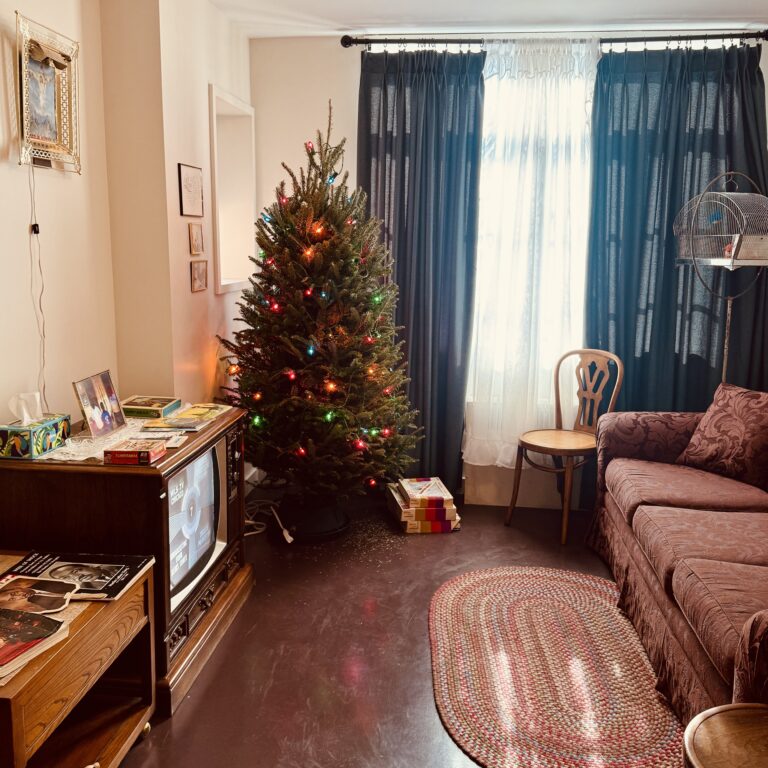
Historic Apartments
Three recreated apartments at the heart of the National Public Housing Museum showcase the stories of diverse families who lived in the Jane Addams Homes.

Ned Lufrano’s high school basketball sweater. Photo by Joe Nolasco.
Joseph and Bessie Feinberg Gallery,
1st Floor
History Lessons: Everyday Objects from Public Housing is a national effort to collect objects from public housing residents in diverse communities across the USA, and work with residents in storytelling and writing workshops to write their own labels.
The selected objects from this project span over 90 years of public housing history and have much to tell about the significance of family, true love, longing, and desire, and the mysteries of life and death, grand hopes, and dreams deferred.
This is an ongoing project and objects will regularly rotate as we continue to work with communities across the country to record their stories and collect objects. Our first year focuses on the objects and stories of residents from Chicago, New York and Houston.
—
History Lessons was developed with support from the National Endowment for the Humanities special initiative A More Perfect Union: America at 250. The exhibition also received generous funding from the Joseph and Bessie Feinberg Foundation.
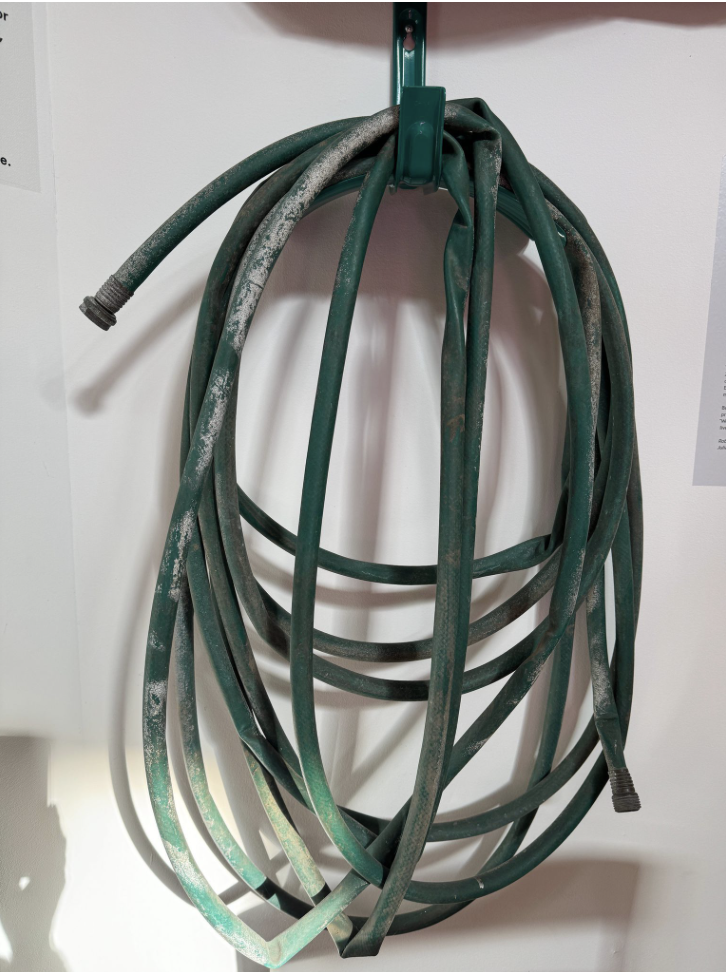
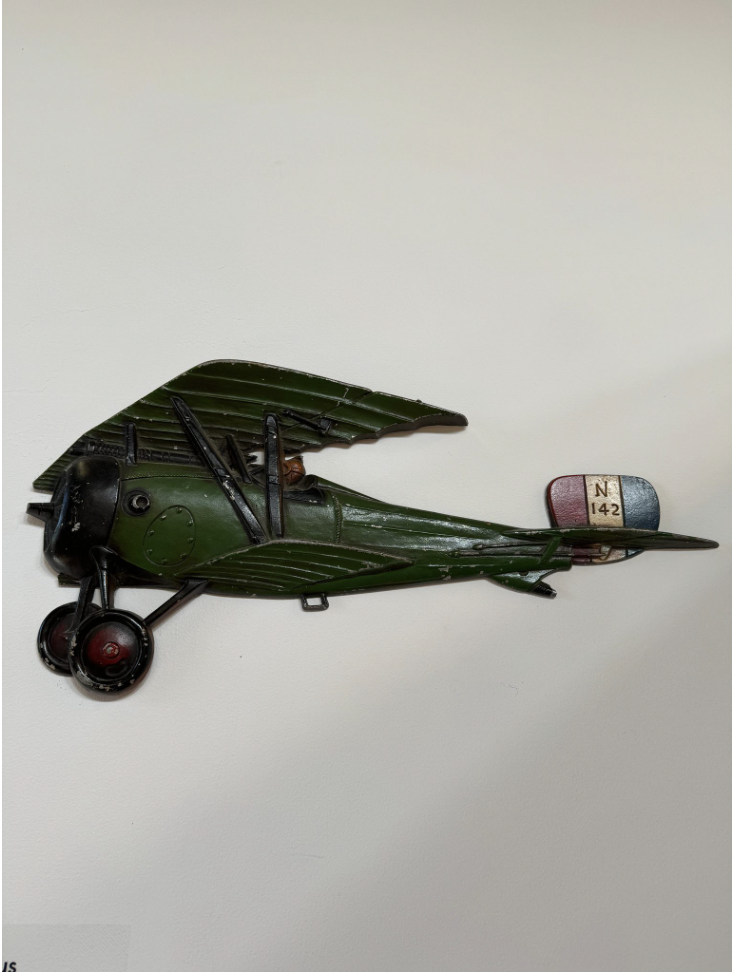
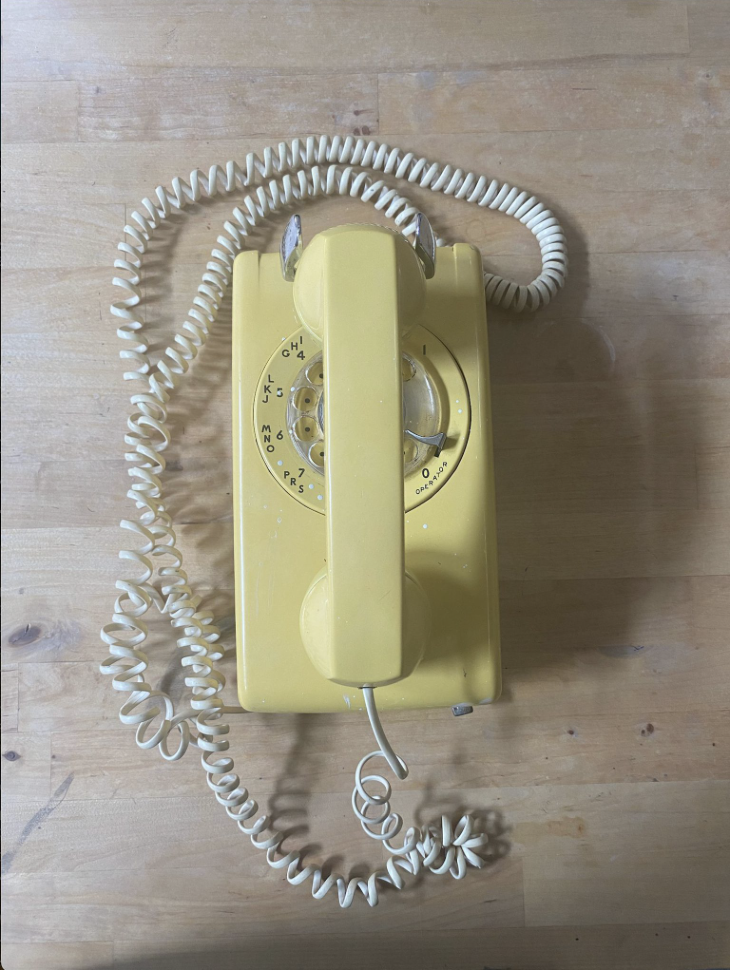

Three recreated apartments at the heart of the National Public Housing Museum showcase the stories of diverse families who lived in the Jane Addams Homes.
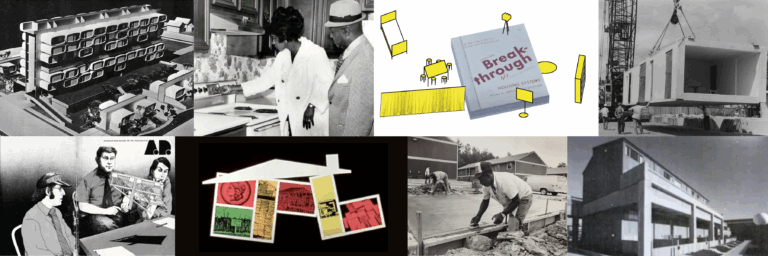
This immersive exhibition blends historical documentation of HUD’s Operation Breakthrough from the 1970s with new prototypes for urban living from The Housing Futures Initiative.
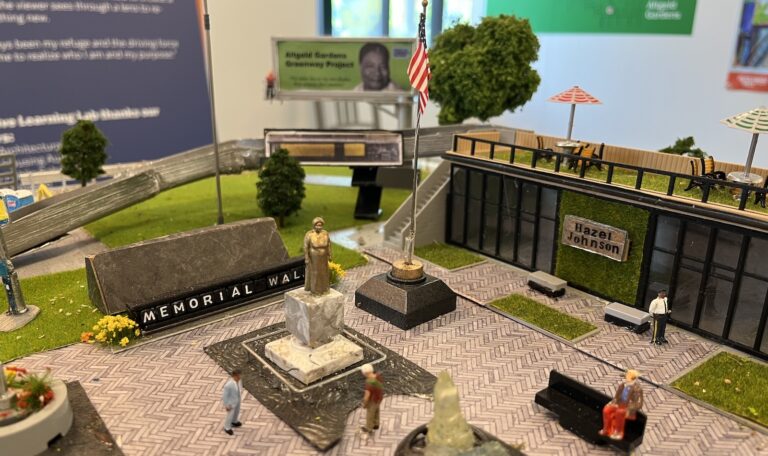
Students share their vision for connected community green space in this exhibition centered on underused land in Altgeld Gardens on the South Side of Chicago.